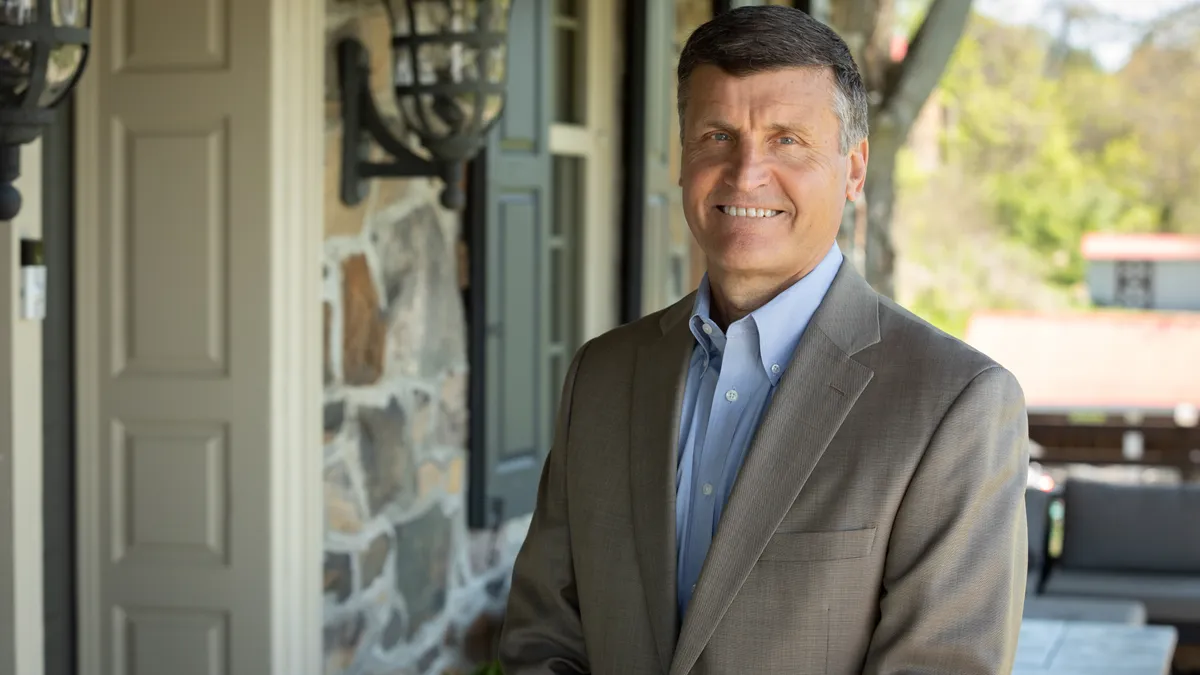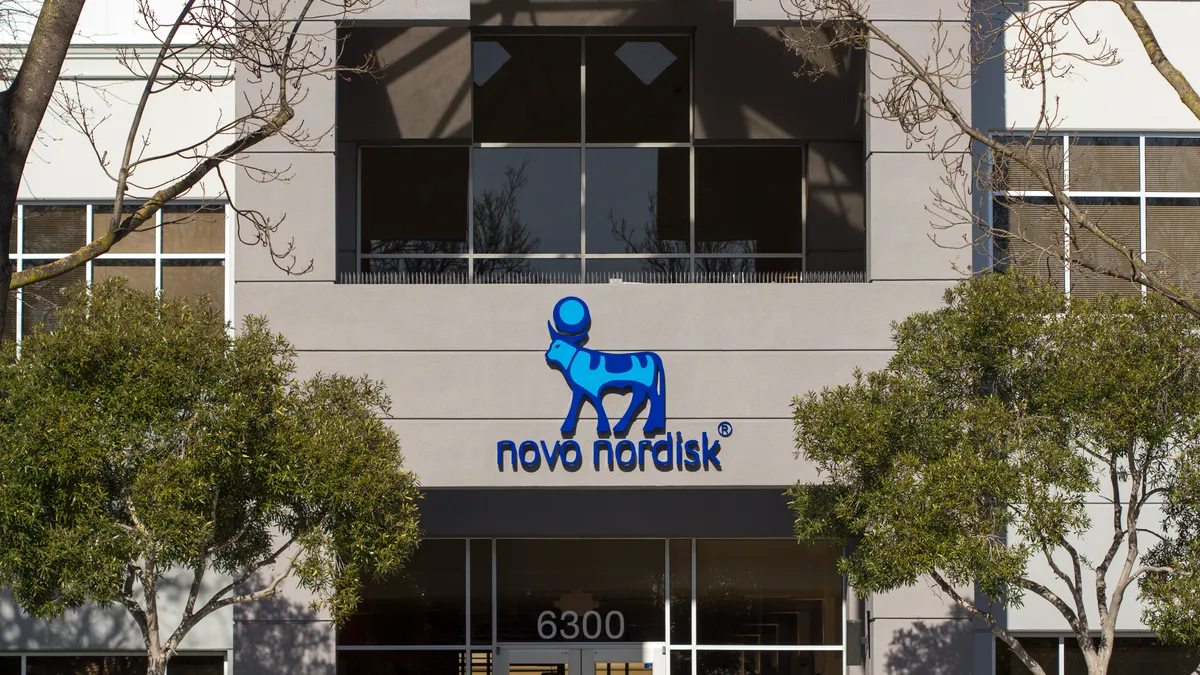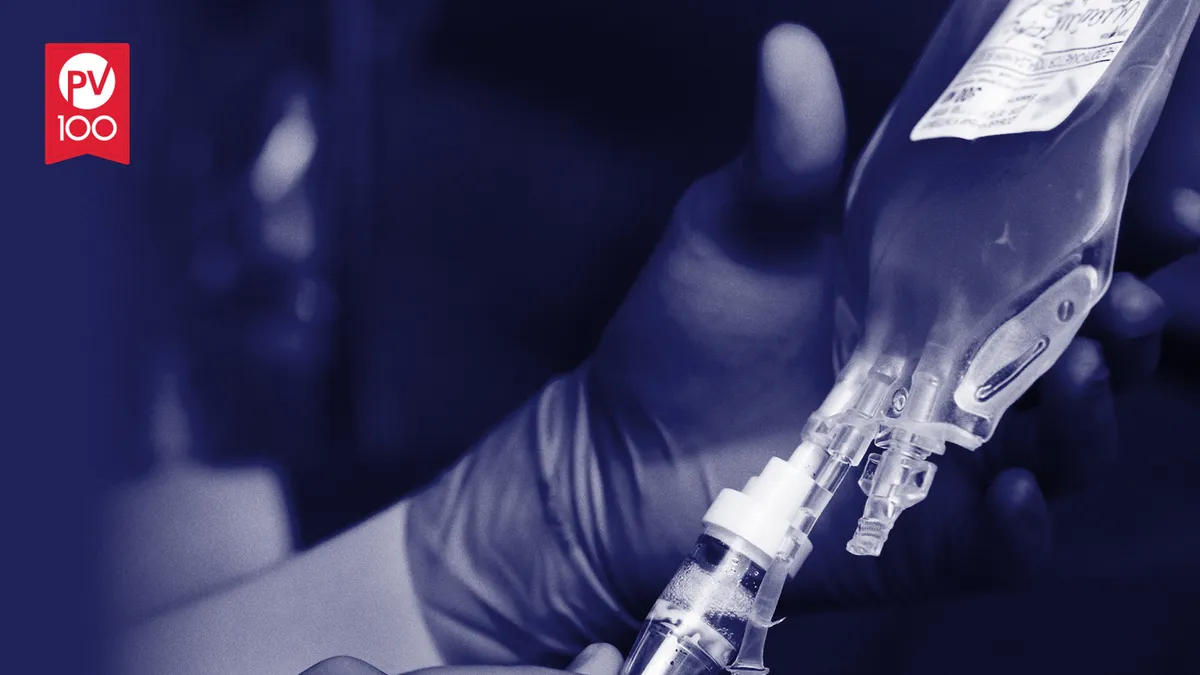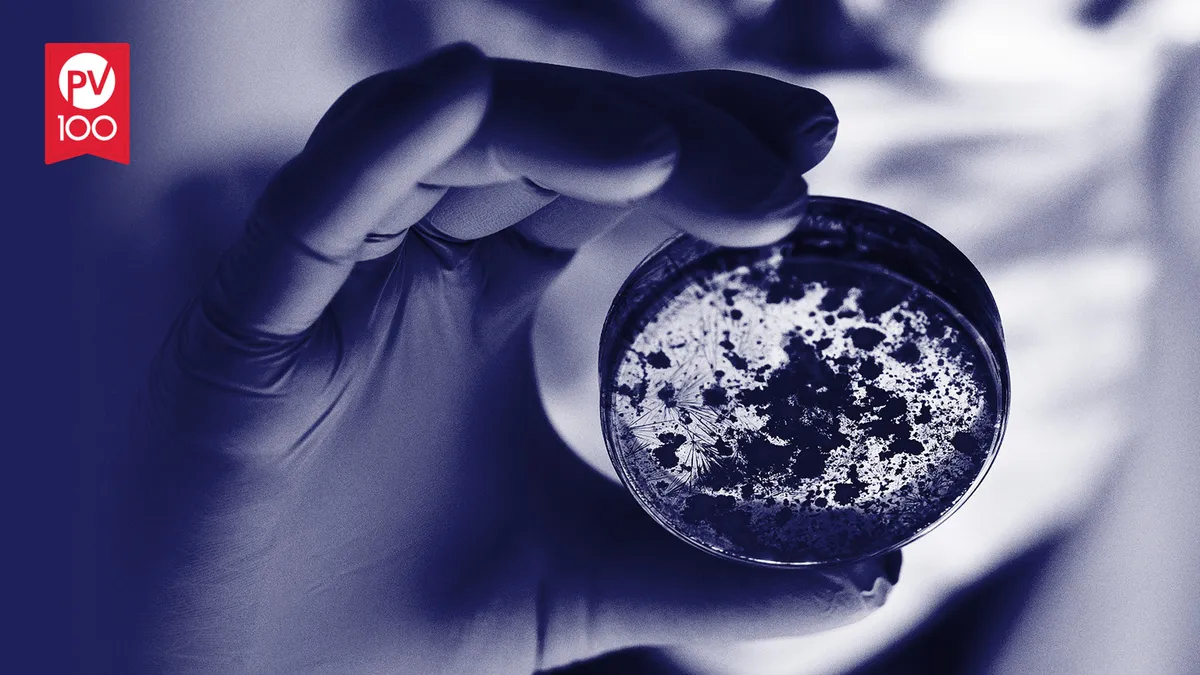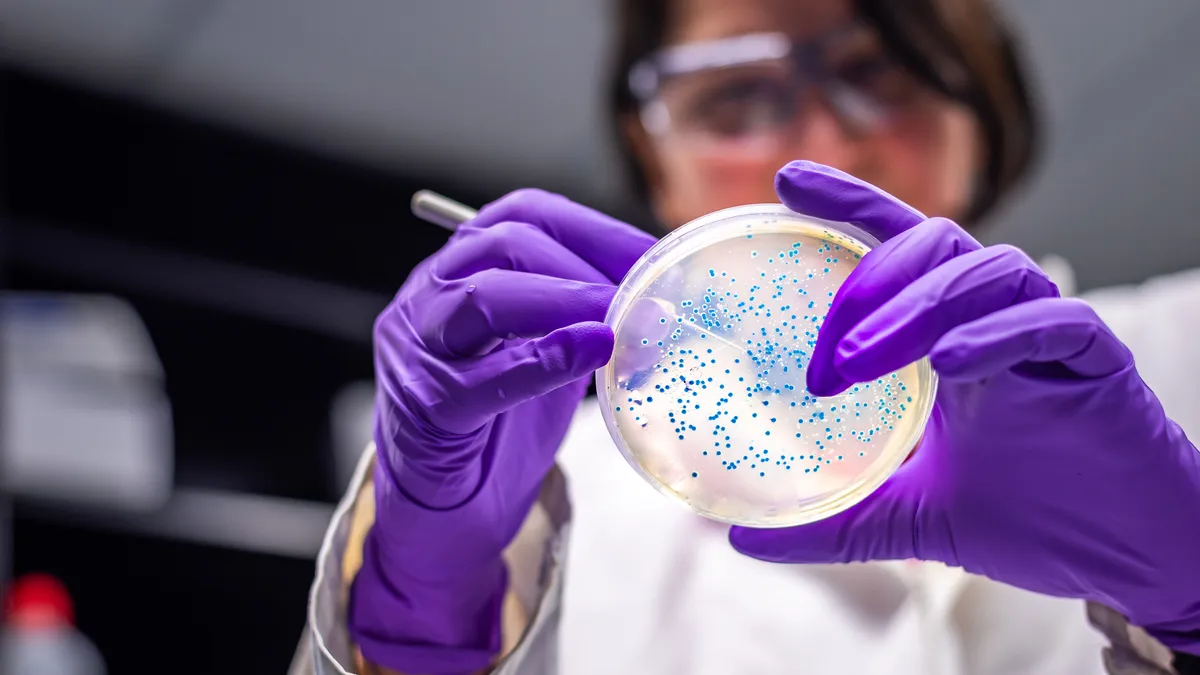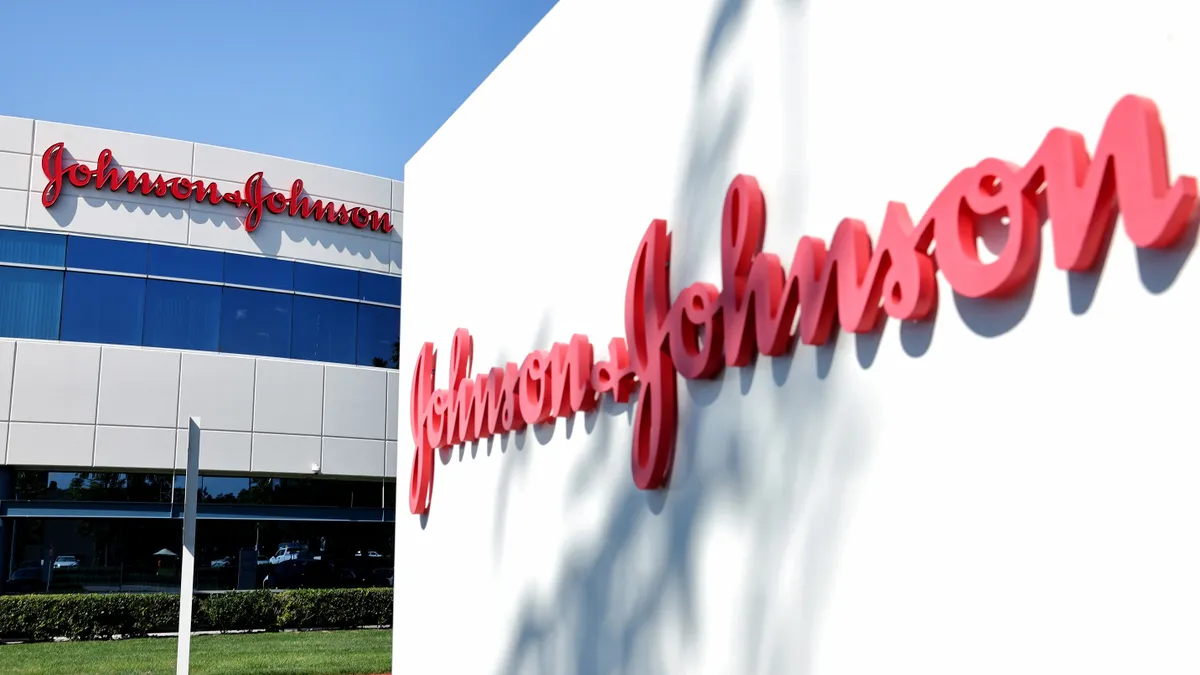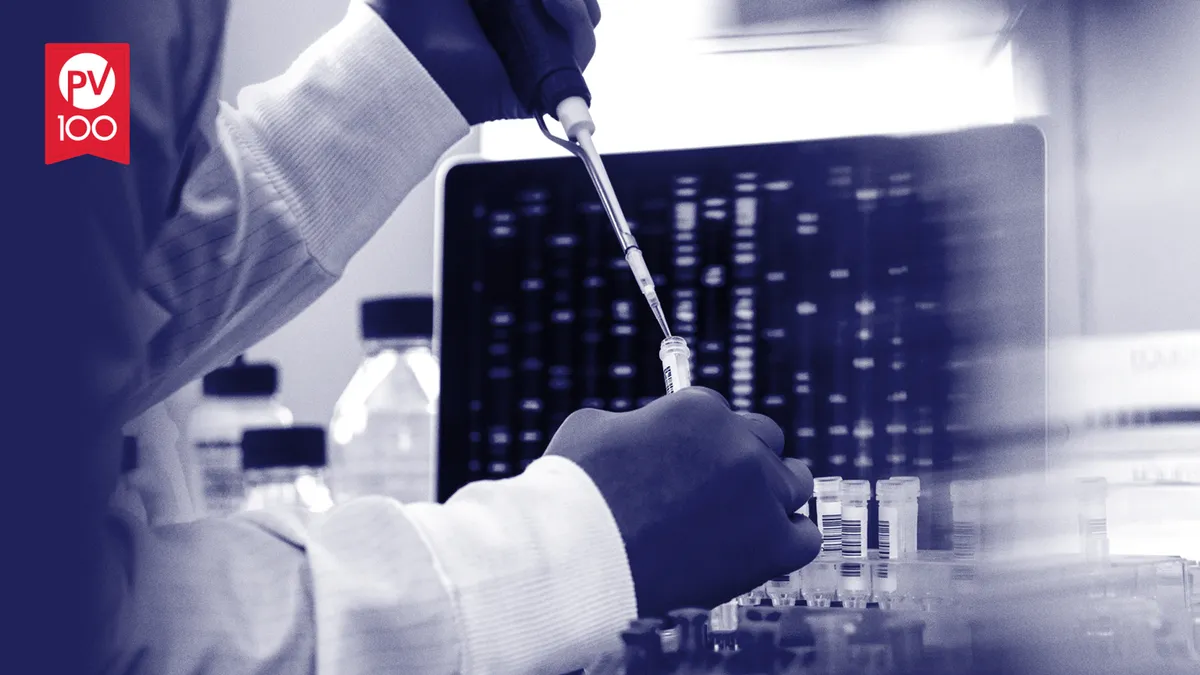CSL Behring has primarily been known as a major manufacturer of plasma, and for being the company that helped get “the bubble boys out of the bubble.”
“We have a board room at CSL dedicated to him,” the company’s executive vice president and head of R&D, Dr. Bill Mezzanotte, explained of its connection to the legacy of David Vetter, who became famous in the 1970s for living in a plastic pod due to a rare condition called X-linked severe combined immunodeficiency (SCID). At its Kankakee, Ill. plant, CSL manufactures a subcutaneous immunoglobulin therapy used to treat many SCID patients and has been a very active partner with Immune Deficiency foundations.
But on Nov. 22, the company’s profile was raised again when the FDA announced the approval of its gene therapy Hemgenix — the first OK of its kind for hemophilia B.
Licensed from UniQure in 2021, Hemgenix targets levels of Factor IX, a protein that’s either missing or at critically low levels in patients with hemophilia B. Prior to the approval, patients had to routinely undergo prophylaxis therapy — a burdensome treatment regimen that CSL’s one-and-done therapy has been shown to replace.
Much attention on the approval was also given to its $3.5 million price tag, which made it the world’s new most expensive drug, a title that has gone exclusively to gene therapies in the last few years. In a statement, CSL noted that estimates have shown the lifetime cost of treating hemophilia B can reach $20 million and said it’s “confident” Hemgenix will provide a “significantly lower economic burden” for the condition.
"Rare and serious diseases (are) our mantra."

Dr. Bill Mezzanotte
Executive vice president, head of R&D, CSL Behring
And while it’s had few moments in the spotlight quite like this, CSL is a company that should be on the radar. Founded in Australia in 1916, it has grown to include three distinct business units, employs 30,000 people, distributes in 100 countries, has a deep portfolio of approved products and many more in development, and, as Mezzanotte highlighted, is the second largest producer of the flu vaccine.
Mezzanotte also has an impressive track record of his own, and has been involved in the approval of 30 different products during his career at AstraZeneca, Boehringer Ingelheim and now CSL, which he joined in 2017.
Yet, Hemgenix was the first gene therapy he helped get across the finish line. Here, he reveals what it’s like to win a historic approval, what it means for CSL and why he thinks other R&D leaders should be “humble.”
This interview has been edited for style and brevity.
PHARMAVOICE: What was it like when you found out you got the approval for Hemgenix?
DR. BILL MEZZANOTTE: It’s such a funny feeling when the approval finally comes through because you’re so happy and relieved, but you’re also tired because you’ve generally been talking to the FDA day and night for weeks. You’ve been talking internally about proposed changes to the label and negotiating post-marketing commitments. (And when) it’s an accelerated review, they’re under the gun to review it. So there’s a lot of pressure there — it’s just about the clock.
I was by myself when we got the news, but I was jumping up and down. It is a real sense of pride that you accomplished something unique.
And then you get back to work because it’s not over just because you got the approval.
What does the approval mean for CSL?
I texted my boss and said, ‘We’re no longer the biggest company no one has ever heard of.’ This is quite a conspicuous moment. If anyone took a truth serum, they wouldn’t think of CSL competing (with) the big boys like Pfizer and others. We have tended to stay in the background. I think this approval changed that.
Does CSL plan to develop other gene therapies?
We have a collaboration with Seattle Children’s Hospital for (two rare diseases) applying ex vivo stem cell gene therapies. So we have some expertise and are working in that space. But we do not have another in-house gene therapy in development right now.
Rare and serious diseases (are) our mantra — you’ll never see us launch a hypertension drug. And we don’t mess in oncology — that’s a nuclear arms race we’re not going to get into.
But we know that to be a significant player in the rare disease space we would need a gene therapy capability. (Going forward), we’ll look at both acquiring more assets and/or developing in-house. There are quite a few small gene therapy companies (that) have taken note of the fact that (we) got this accomplished. So if you’re a small company and want a partner that knows how to get something over the finish line, you'd be smart to come our way.
What kinds of challenges did you encounter working with your first gene therapy?
(With adeno-associated virus vectors) you’re dealing with a virus that is still active and has to maintain some of its activity in order to create the entry into cells. So creating a large scale production ability is more complicated than for a typical monoclonal antibody. Industrywide, viral vector manufacturing (is) getting better. And there are companies gaining their own capabilities, which helps. But there is still a fair lack of standardization, which is a challenge to the industry.
Not everyone in the studies for Hemgenix responded equally. Have you considered value-based pricing for it?
It seems that some of the patients it was less effective for had these highly neutralizing antibodies, so we are looking more into that.
But an ICER report estimated this could be effective after 20 years and we believe it will at least be beyond 10 years. So the price we set is the cost of replacement therapy for bleeding events, durability and all the treatments (that) go into the condition.
There is interest from payers on value-based pricing and we are willing to talk to them and come to a reasonable solution.
What kind of advice would you give your R&D counterparts at other companies looking to develop a new type of therapy?
Be humble. You don’t know as much as you think you know. How many times have you read about new targets of discovery or new gene therapy products that are going to stop all disease? But there are a lot of redundant mechanisms in the body so be humble about what each drug is going to do and make sure it’s within the realm of reason. No new therapy is perfect.
At CSL, we also like to expand within adjacencies. So AAV gene therapies are a new platform but we have a long heritage in hemophilia, so we understand the providers and patients, and it helped us to be successful. We have also taken platforms we have and gone into new diseases. But be careful trying doing both — going into a new disease with a new platform — at the same time.
You’ve had a lot of big wins in your career. What else do you want to accomplish?
I am an impact junkie and we have 10 therapies in our portfolio that could easily be a new standard of care if they are approved — so I’d love to get a number of them approved before I’m done.
Then one day, when I’m in a nursing home in my 90s, I want everyone there to be on a medication I helped develop. That’s my ultimate goal.



